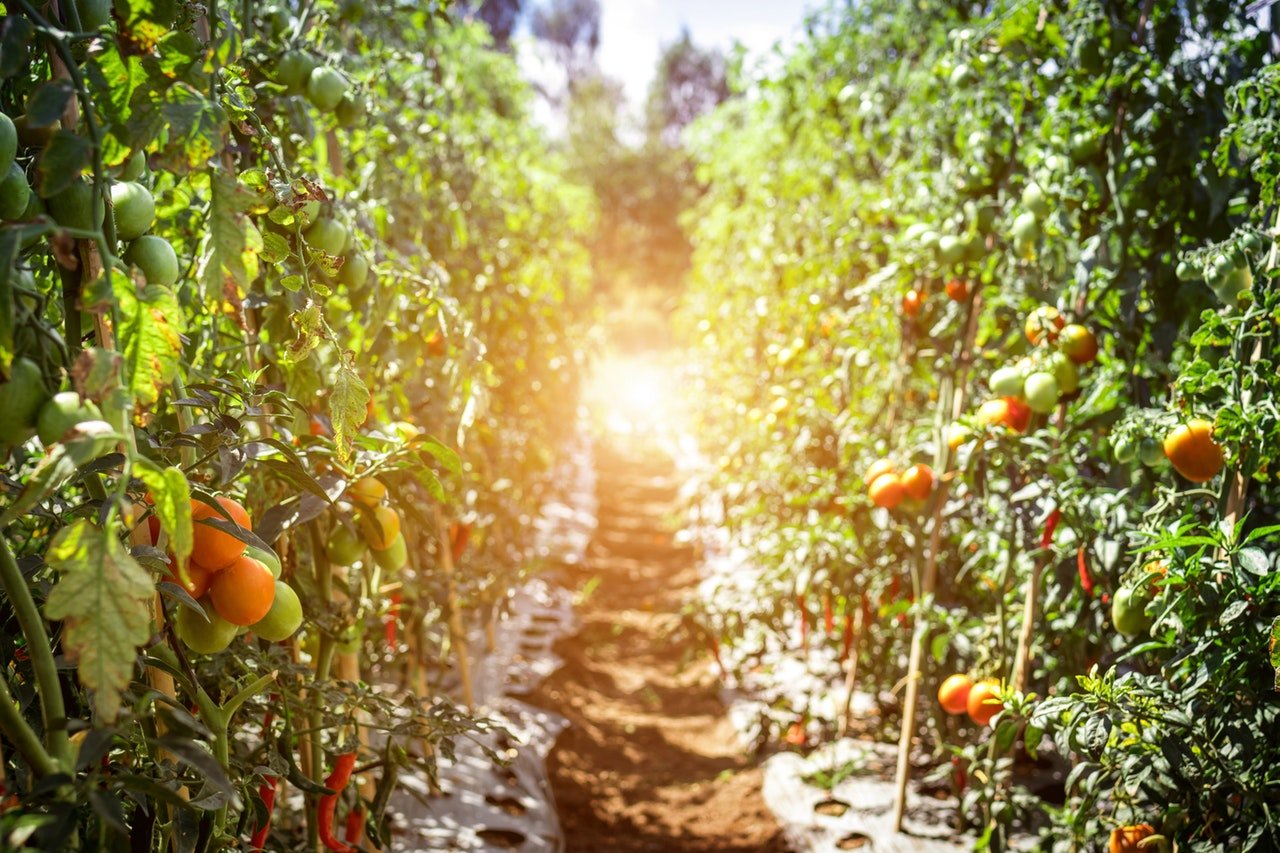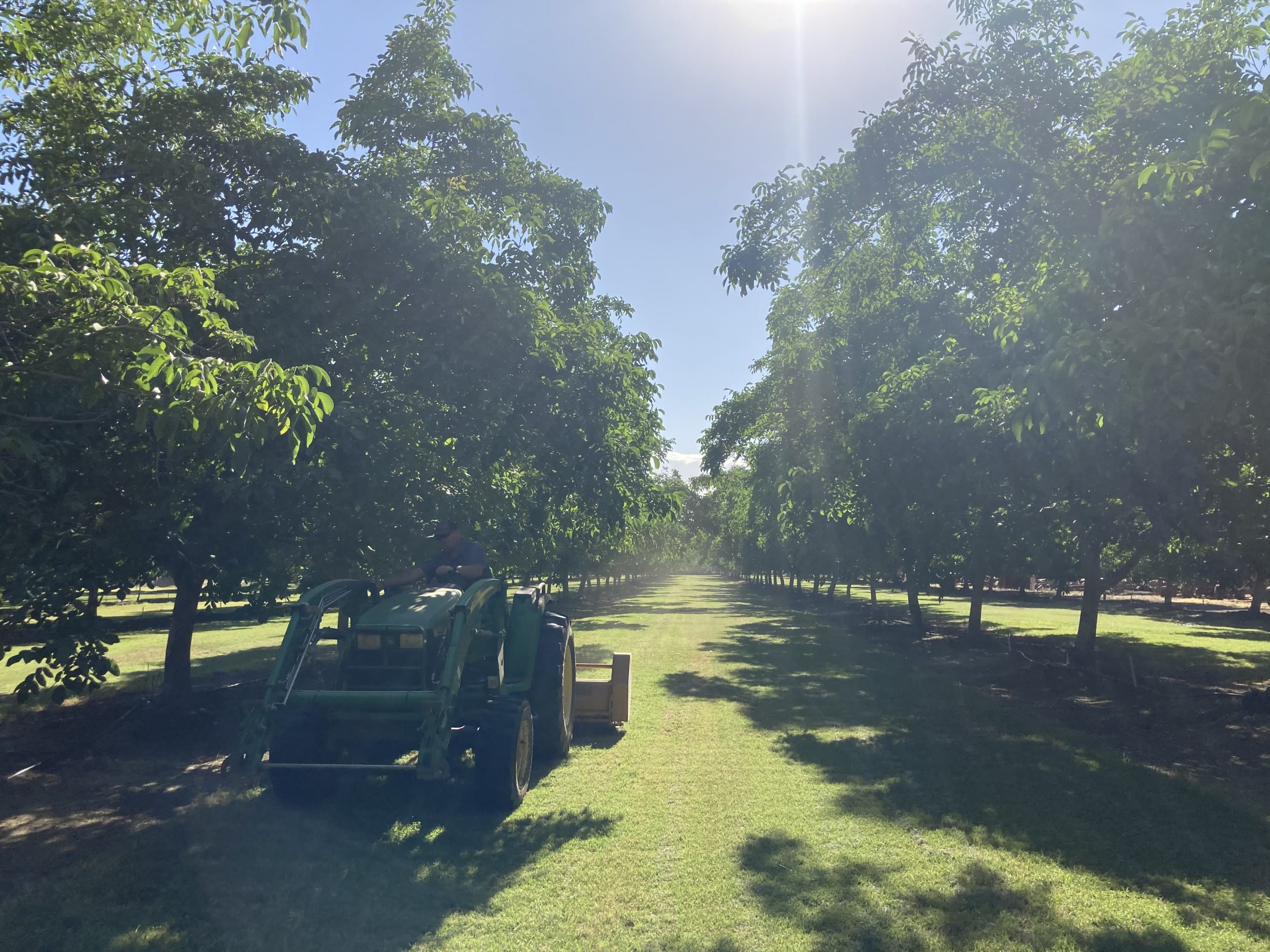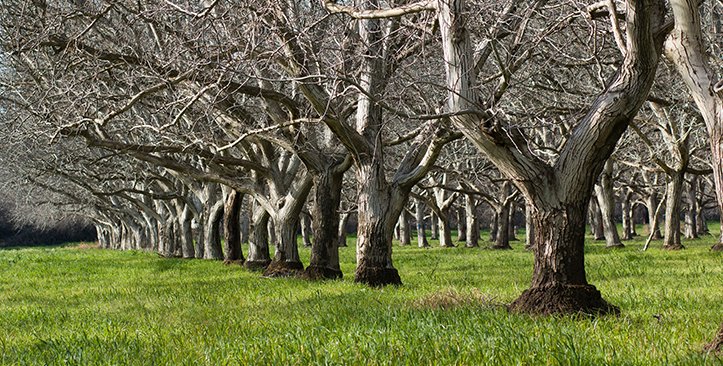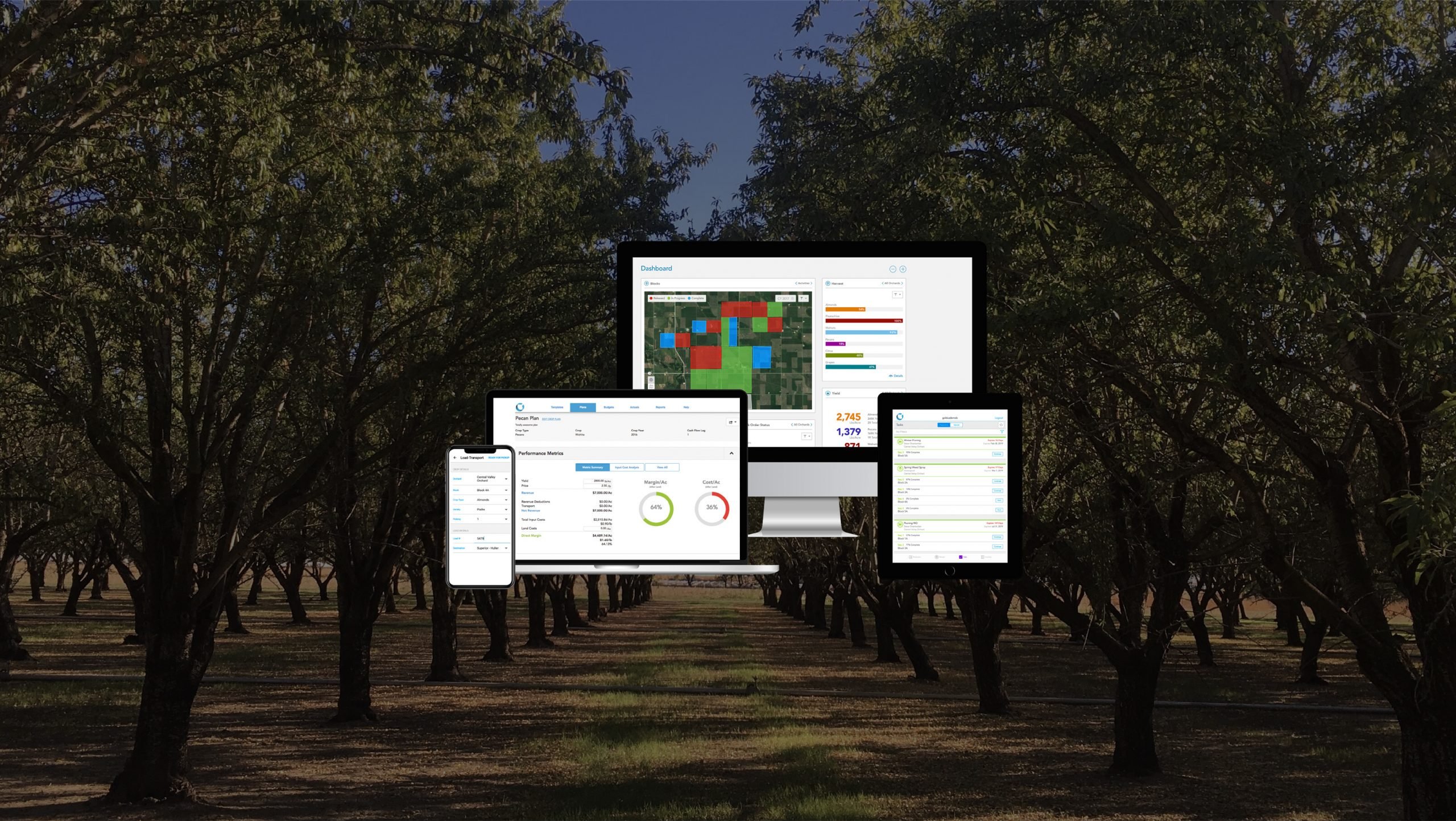by Brody Blain, Regional Sales Manager at Conservis
Building an activity-based budget
With harvest in the rear view mirror, now is the time when growers look back on their production year to see what they can learn. How did we do? What worked and what didn’t? How can we work smarter next time?
These questions should be the basis of your 2022 planning and budgeting process. But to answer them, you need detailed information. For too many growers, that’s a major gap: they simply don’t have access to data about what they did and how much it cost. And so planning for next season is driven by assumptions, averages, “what it cost last year,” and wishful thinking, as much as facts. If you’re not planning around concrete information broken out by activity and month, you’re only planning by default.
Due to time constraints, lack of processes, or both, few growers keep thorough records of activities as they should. Trying to document hundreds of activities performed on your farm months after the fact isn’t realistic. The solution is to capture them in a systematic way year-round, as you go. The sooner that process is in place, the sooner it can work for you.

Where do you begin? While generic, top-down financial plans are common, one size does not fit all. Any plans should be built from the ground up based on your unique land, equipment, and labor deployment, assets, and practices.
Start high level with 2021 yields (or current year). Those yields and the margin they produce for you are the product of dozens or hundreds of activities and costs — from spraying and irrigation to inputs purchases and labor costs. Each of these moving pieces should be reflected in your business plan. The better you track them, the more knowledge you have to improve efficiency, avoid errors, and keep your operation on track.
An activity-based budget breaks your business down by month to bring your crop year and your financial year into alignment. Think of each activity in terms of when to do it, how long it takes, and its components: equipment (including fuel, maintenance and lease payments), chemicals and fertilizer, labor, etc. It’s wise to begin with a seasonal perspective and then drill down to specifics by month wherever possible. Here’s an example for most edible nuts in California.


Post-harvest / Dormant
The trees may be dormant, but there is a lot going on that is critical to ensuring the trees are ready for bloom in early spring. Activities include:
 Replenishing moisture profiles
Replenishing moisture profiles- Pruning
- Brush shredding/disposal
- Sanitation (shaking/poling)
- Winter weed control
- Orchard floor maintenance
- Irrigation system maintenance
- Fertilizing and soil amendments
- Dormant sprays
- Pollination preparation
- Equipment maintenance
Spring
Activities focused on bloom, setting and holding crop and developing healthy canopy, including:
 Bee placement
Bee placement- Pest and disease sprays
- Weed control
- Orchard floor management
- Vertebrate control
- Irrigation and irrigation system maintenance
- Soil and leaf analysis
- Pest monitoring
Summer
Activities focused on maturing and protecting the crop and harvest readiness, including:
 Harvest equipment
Harvest equipment- Maintenance
- Pest and disease spray (NOW and ant control)
- Irrigation
- Fertigation
- Orchard floor pre-harvest prep
- Yield estimates
- Pest monitoring
Harvest
Activities include:
 Shaking, sweeping, raking, and harvest
Shaking, sweeping, raking, and harvest- Load and transport
- Reconciling loads
- Yield estimates
- Hull analysis
- Irrigation and fertigation
- Irrigation system maintenance
Once you have activities broken down by month, capture all costs associated with each. For example, with post-harvest irrigation and nutrient spray applications, what are the costs for inputs, machinery used, fuel and labor? These costs add up to a budget blueprint, an ever-evolving plan you can use to drive purchases, bank negotiations, determine cash flow requirements, and ensure the supply of resources—people, equipment and inputs—are aligned with your demand.
An activity-based budget breaks your business down by month to bring your crop year and your financial year into alignment.
Benefits from planning: cash-flow to borrowing
The time you put into your plan pays off throughout the season. In the process of assembling numbers, growers often identify inefficiencies, wasteful practices, and other gaps they may not have spotted otherwise. How many orchard sprayers do you actually need? Is it worth running a night shift? Is that old tractor paying dividends or costing you money?
A great example of the benefits of planning and costing activities came with an operation I worked with a few years ago. Orchard sprays were consistently taking longer than they should have given the speed and spray rig capacity we were running. As we dug deeper, we found the bottleneck: fill time on the orchard sprayers was excessive. The reasons varied: poor water pressure, multiple sprayers waiting to fill, and distance to fill points. That led us to invest in tanks and pumps, which immediately reduced our fill times by 60%, an investment that paid for itself in less than a year.
By adding a night crew on selected properties, we were able to reduce the actual number of orchard sprayers we needed and increase the timeliness and efficacy of sprays. That’s what happens when you monitor costs and resources by activities: you see things you might have been blind to otherwise, as Ryan Christensen of BKR Farms notes in his personal experience with Conservis.
The time you put into your plan pays off throughout the season. In the process of assembling numbers, growers often identify inefficiencies, wasteful practices, and other gaps they may not have spotted otherwise. How many orchard sprayers do you actually need? Is it worth running a night shift? Is that old tractor paying dividends or costing you money?

A great example of the benefits of planning and costing activities came with an operation I worked with a few years ago. Orchard sprays were consistently taking longer than they should have given the speed and spray rig capacity we were running. As we dug deeper, we found the bottleneck: fill time on the orchard sprayers was excessive. The reasons varied: poor water pressure, multiple sprayers waiting to fill, and distance to fill points. That led us to invest in tanks and pumps, which immediately reduced our fill times by 60%, an investment that paid for itself in less than a year.
By adding a night crew on selected properties, we were able to reduce the actual number of orchard sprayers we needed and increase timeliness and efficacy of sprays. That’s what happens when you monitor costs and resources by activities: you see things you might have been blind to otherwise, as Ryan Christensen of BKR Farms notes in his personal experience with Conservis.

“What I love about Conservis is being able to see what your inputs are and seeing your return on investment, because that's the bottom line. You can have amazing high yields, but unless you know what's going into producing those yields, then big yields don't matter."
With activities and costs organized in one place, bankers may see you as a more attractive borrower, allowing you to access loans faster and at more favorable rates. Literally, you are presenting a month-by-month business plan to the bank. That builds confidence in those who are investing alongside you. This planning approach evolved decades ago by the manufacturing industry. Factory owners knew precisely what they needed to operate every month: raw materials in, work executed, final product out. Look at your farm as a living, breathing factory that requires the same macro approach to driving your business forward.
Monthly cash flow management is another major benefit. Instead of a blunt annual operating budget, now you know how much cash you need by month — which is likely to be much different in February than in September. A month-by-month plan helps eliminate surprises and ensures you have enough cash on hand for labor and third-party services well before you’re trying to make payroll or pay your suppliers.
Managing variances is critical in any farming operation and the key to staying on track with bankers, owners, investors, and trusted advisors. A variance in the budget may occur due to timing (an orchard spray budgeted for May but completed in April, for example). It may be an unplanned activity such as a pipeline bursting or an additional NOW spray not on the budget. Or, it may be due to poor execution by the operations team. Whatever the cause, an activity-based budget helps you understand variances and make real-time management decisions to address them and avoid the financial impact. An activity-based budget makes that much easier.

Tools that rise to the challenge
Spreadsheets, no matter how well managed, are limited for this kind of planning. While sufficient for tracking numbers on an annual basis, they are cumbersome for running different plan scenarios or zeroing in on a single area of your farm. They are often hard to understand and check for errors. ERP (Enterprise Resource Planning) systems, like those manufacturers have used for decades, provide visual tools and templates that automate much of the work to save you time while standardizing the process.
An activity-based budget breaks your business down by month to bring your crop year and your financial year into alignment.
In addition, these systems allow you to bring information from multiple sources into a single platform for planning and analysis. Needless to say, activity-based planning requires time and investment in tools, but each of the pieces you put in place will tighten up your bottom line and reduce decision-making based on guesswork and wishful thinking. Working with a data management advisor can help you get the systems you need in place and en sure they work for you going forward. This is how growers make progress toward their goals — whether that’s overall profitability or peace of mind that your farm will be there for the next generation.
Be sure to also check out Brody's own journey from frustrated nut grower to Conservis customer, to Conservis rep!
If you're ready to start tracking your orchard or vineyard's data more efficiently and build an activity-based budget, we'd love to contact us.
